BONE SAW MACHINE
Product Details:
- Product Type Machine
- General Use Cutting
- Material Stainless Steel
- Computerized Yes
- Automatic Yes
- Control System PLC Control
- Cooling System Air Cooling
- Click to View more
BONE SAW MACHINE Price And Quantity
- 1 Number
- 60000.00 INR/Kilograms
BONE SAW MACHINE Product Specifications
- PLC Control
- Air Cooling
- Stainless Steel
- Cutting
- Machine
- Yes
- Yes
BONE SAW MACHINE Trade Information
- 20 Number Per Month
- 10 Days
Product Description
Description of a Bone Saw Machine:
1. Structure & Components:
-
Saw Blade: A continuous, stainless steel band blade or circular blade designed to cut through hard bone and frozen meat.
-
Work Table: Flat surface where the meat or bone is placed; often made of stainless steel for hygiene and easy cleaning.
-
Blade Guard: Ensures safety by covering parts of the blade not in use.
-
Motor: Powers the saw blade; typically electric, with power ratings between 0.5 3 HP depending on the model.
-
Thickness Adjuster: Allows the user to control and adjust the cutting thickness.
-
Push Handle/Safety Handle: Keeps the operator's hands away from the blade while pushing the meat through.
-
Waste Tray: Collects bone fragments and meat particles for easy disposal.
2. Materials:
-
Usually constructed from stainless steel or aluminum alloy, making it durable, rust-resistant, and food-safe.
3. Types of Bone Saw Machines:
-
Tabletop/Benchtop Models: Smaller units for butcher shops or small kitchens.
-
Floor-Standing Models: Larger, heavy-duty models used in industrial meat processing.
-
Manual vs. Automatic Feed: Some machines feed meat manually; others are automated for high-volume operations.
Key Features:
-
Precise cutting through hard bone and frozen materials
-
Easy to clean with removable parts
-
Built-in safety features like emergency stop, blade guards
-
High speed operation for efficiency
-
Designed for long-term durability in high-use environments
Applications:
-
Butchering and portioning meat in:
-
Slaughterhouses
-
Meat packing plants
-
Supermarkets
-
Restaurants and catering kitchens
-
Fish processing facilities (for frozen fish bones)
-

Price:
- 50
- 100
- 200
- 250
- 500
- 1000+

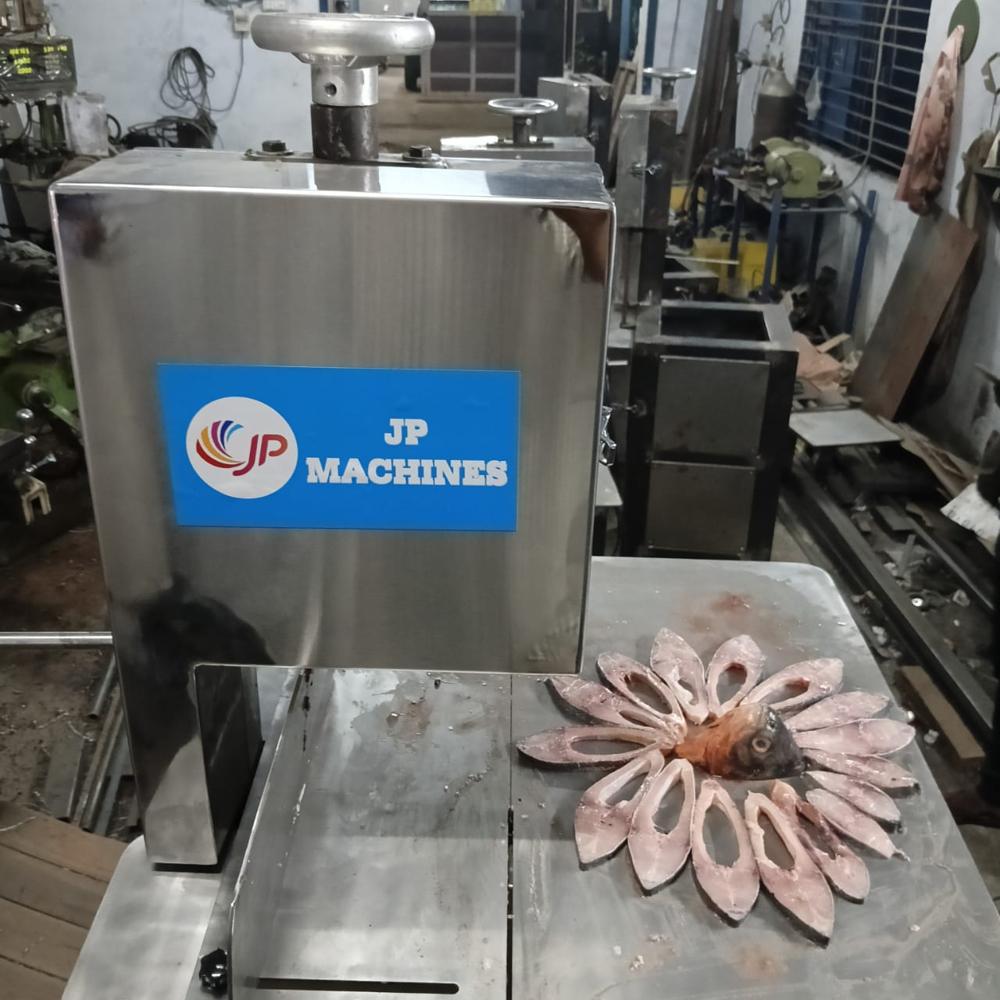
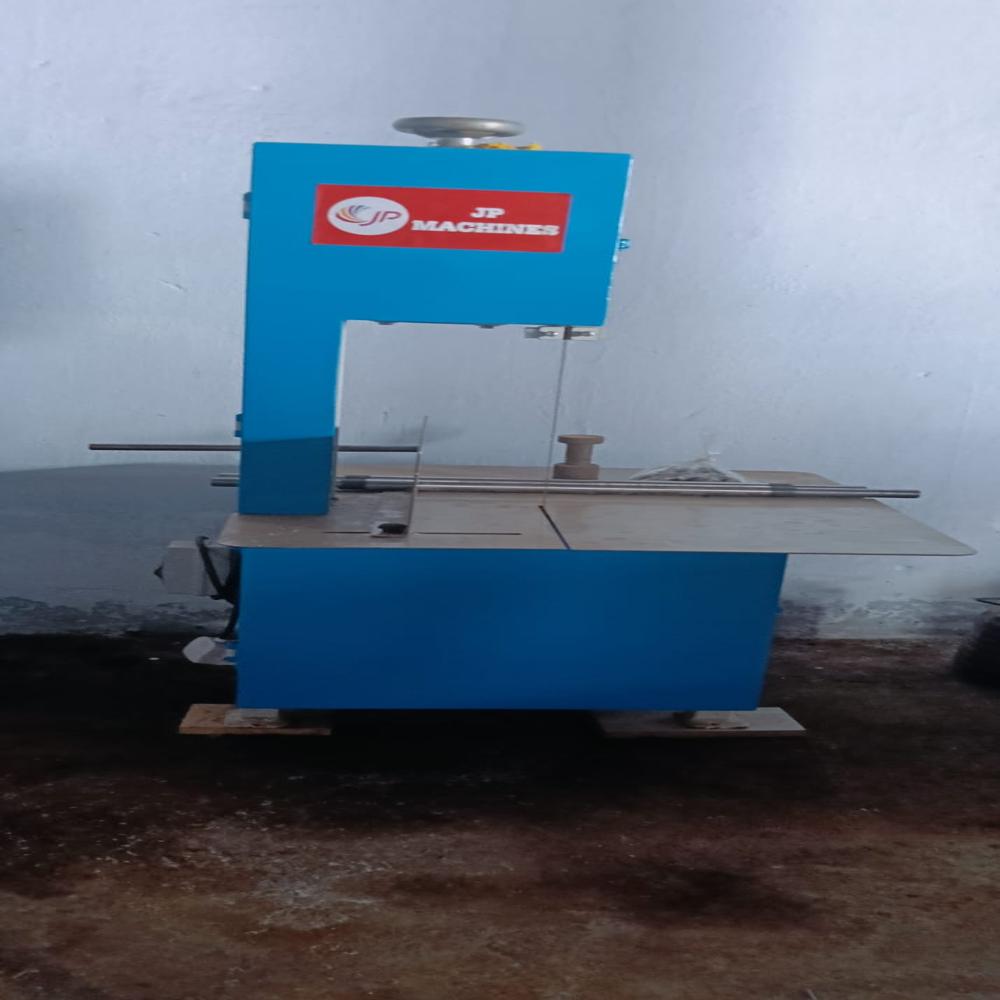


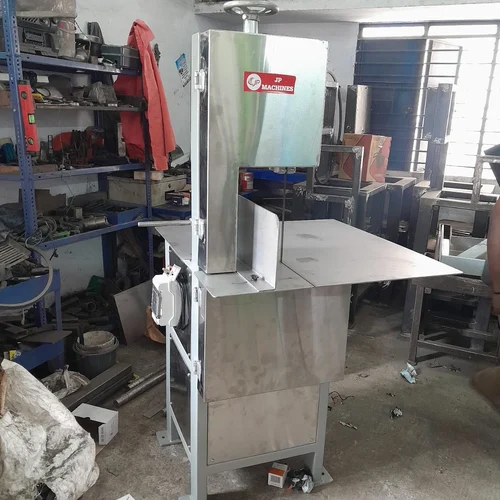
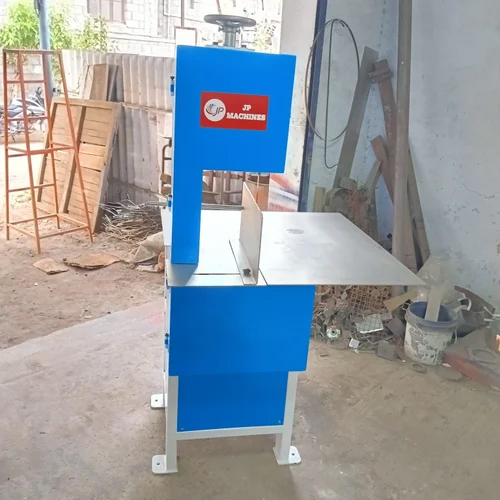
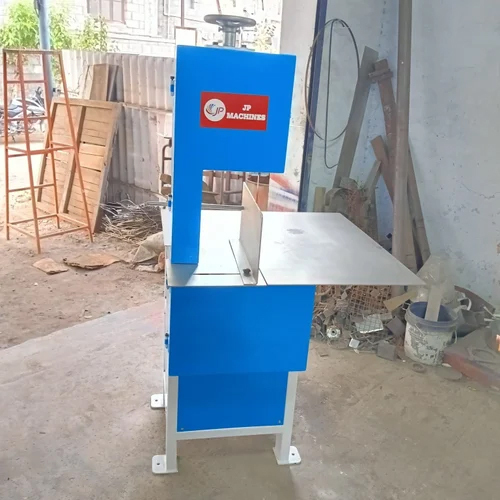
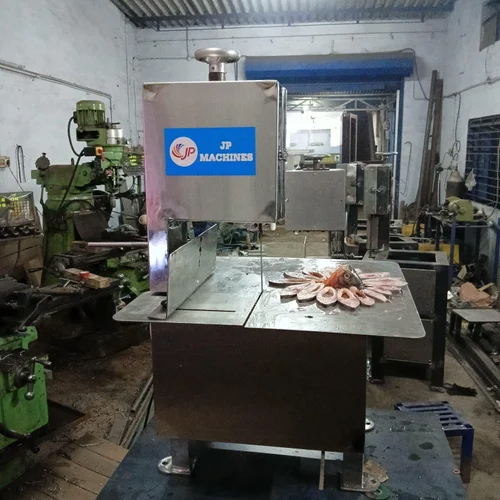


 Send Inquiry
Send Inquiry Send SMS
Send SMS Call Me Free
Call Me Free